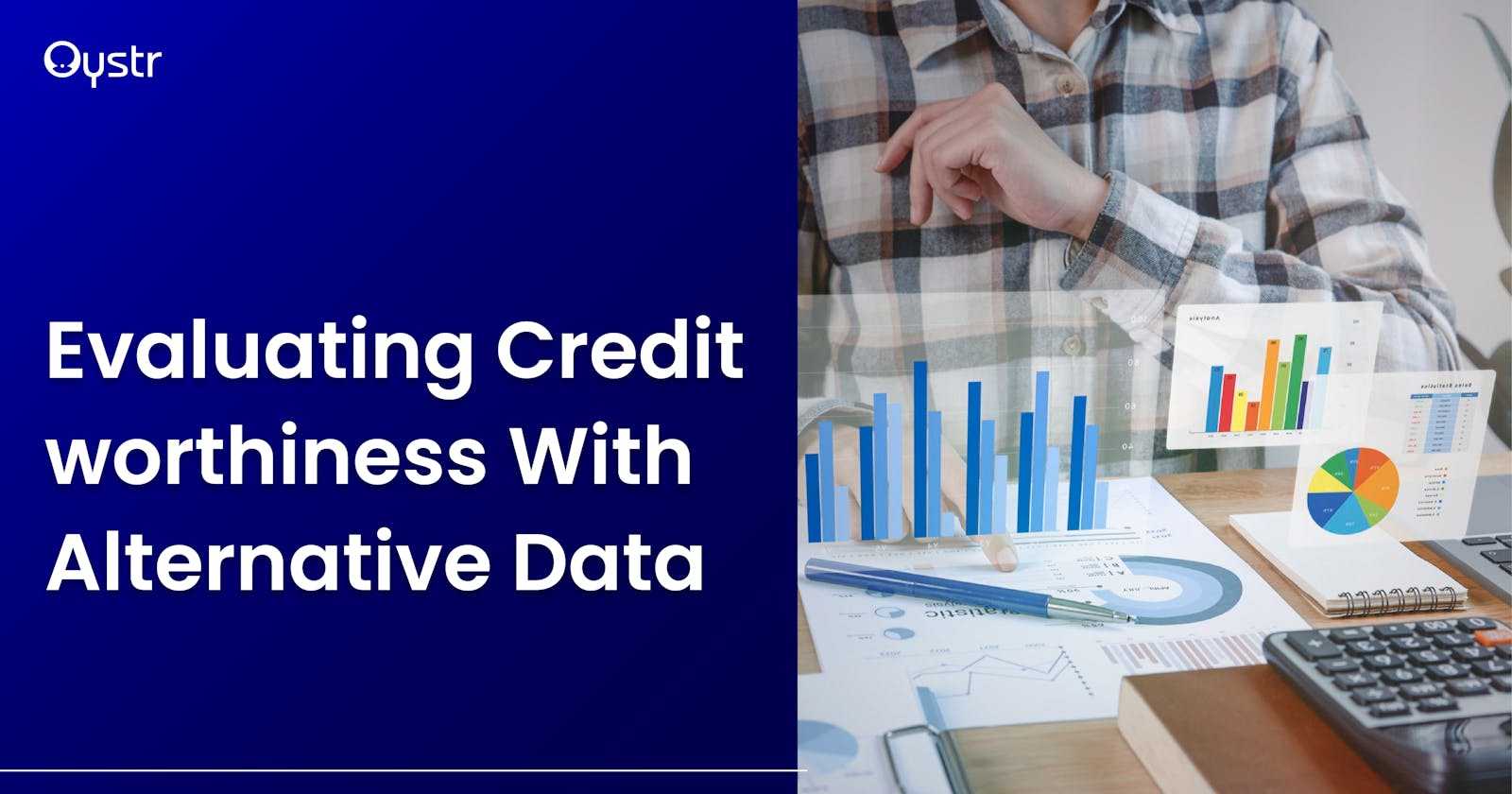Lack of access to credit is a problem for millions of people worldwide. It means that you can’t get a mortgage or start a business, and borrowers are exposed to higher interest rates when they do borrow.
The problem is compounded by several barriers that prevent some people from getting financial help.
For example, some lenders use negative items on a credit report as the primary reason they deny applicants. Others only consider certain healthcare expenses when evaluating applicants; more traditional lenders rely more heavily on income than other data points like source documents, work history or even personal references.
Credit histories can be a hurdle to accessing credit. In addition, the lack of credit history hurts people in low-income communities because it makes it more difficult to secure loans.
Innovations in credit scoring may help bridge this gap for people with thin credit histories. For example, using alternative data sources may improve creditworthiness assessment.
This article will examine how alternative data can improve customers' creditworthiness globally.

What is Alternative Data, and Where Is It Found?
Alternative data is a term to describe a non-traditional type of data used for credit scoring, accessing investment opportunities, company’s performance, and more. It typically refers to information not meeting the minimum requirements for inclusion in a “traditional” credit file.
This can include mobile money data, retail transactions, bill payments, digital footprints, and more. Although the function of alternative data varies, this article will focus on its use in accessing creditworthiness and risk analysis.
Why Is Traditional Data Not Enough?
Of the many ways to improve access to credit for millions of Africans, one of the most effective is through alternative data. Lenders and credit bureaus can use alternative data to find new customers who were previously underserved because of their lack of a traditional credit score.
And it can be used by FinTechs, alternative data vendors, and big data analytics firms operating in the free market to innovate on existing credit scores by adding new types of credit risk factors and improving their overall accuracy.
Although traditional credit scores are effective at predicting risk, they are limited in two ways:
- It denies customers access to credit because they cannot be statistically separated from those with poor risk.
- Credit invisible (the unbanked or whose traditional approaches won’t work) is not easily visible.
There is great potential for alternative credit scoring methodologies to enhance the current state of affairs. It does this by increasing the accuracy of existing scores (resulting in better risk separation) and by making many of the present credit Invisibles of the present apparent.
Progression will occur due to the private sector efforts of existing lenders and credit bureaus, innovations from FinTechs, alternative data suppliers, and big data analytics organizations working in markets free of artificial influences.

Can Alternative Data Improve Creditworthiness?
In most cases, lenders consider a risk assessment by credit score. The goal is to generate a score to identify and assess the potential borrower’s creditworthiness.
While traditional credit reports can be very useful in determining an individual’s credit history, they do not provide an accurate overview of a person’s ability to manage debt and repay loans on time.
For example, an individual may have maintained good repayment history in his or her past, but that same individual could fall into delinquency if finances tighten suddenly or new obligations present themselves.
Lenders can identify high-risk consumers by using alternative credit data in credit risk modeling. Using the traditional and alternative data sources together results in a more accurate model, and it helps increase the number of consumers serviced.
Furthermore, data provided by alternative sources can help build an accurate scoring process for all applicants; this allows applicants with no credit history or reports to qualify for loans they wouldn’t have received before.
According to FICO’s study, alternative data improves the prediction potential of credit risk models based on traditional data.
A more precise credit risk model can be achieved using traditional and alternative credit data.

How Alternative Data Work In Credit Risk Analysis
With the increasing number of alternative credit data, processing them is becoming increasingly difficult. An AI engine can rapidly analyze copious amounts of alternative credit data, significantly reducing the processing time.
More importantly, it can identify patterns in unstructured data that will help evaluate a loan applicant’s consumer behavior and predictability of repaying the loan.
Alternative credit data can help lenders build more accurate scoring models for all types of applicants.
Data from Experian shows that 65% of those who lend directly to consumers already use alternative credit data beyond traditional credit reports. In addition, many lenders are using alternative credit data to develop credit scores.
Alternative data can help predict the risk posed by a consumer. For Instance, if an individual does not have a credit profile or a credit history of at least six months, alternative credit data can aid with prediction.
Moreover, alternative data can aid in the construction of a dependable scoring system for all applicants. Credit risk modeling benefits from alternative data since it identifies potentially risky consumers.
With no historical data, lenders may be able to identify risky individuals.
Machine Learning AIs and Alternative Data
Alternative credit score providers utilize artificial intelligence (AI) technologies to develop a more dependable and productive loan sector. Many online Fintech organizations, such as Oystr Finance, already accomplish this. We can gain a complete picture of a customer’s creditworthiness in less time by employing machine learning techniques.
Machine learning is constantly changing the way we do business. For example, credit scoring models have become extremely complex as an AI model takes over basic decision-making from human lenders.
By leveraging machine learning technologies, it’s possible to create predictive tools to identify risk and determine creditworthiness.
By identifying patterns in a consumer’s data, borrowing requests are processed more efficiently, and data scientists can focus on developing algorithms that deliver accurate results while reducing false positives.
Features of Reliable Alternative Data
According to Oliver Wyman’s research, the following characteristics define a viable alternative credit data source:
- Coverage: Any alternative source of information must provide consistent and extensive coverage.
- Specificity: The source must disclose unique data about the person to be useful.
Accurate and Timely: Data that is both credible and up to date is required for credibility in the alternative credit market.
Prediction Power: The source data should be relevant to the expected action.
Orthogonality: Traditional data would be augmented by non-traditional credit information sources in an ideal scenario.
Compliance: All privacy and other regulatory policies and regulations must be followed. Alternative credit data providers must adhere to existing financial standards.

Other Benefits Of Using Alternative Data?
At least 57% of Africans do not have a bank account, but using other data could help these folks gain responsible access to credit. In addition to increasing creditworthiness, using alternative data has the following advantages.
- Improved data timeliness: Banks and other financial organizations have typically relied on information that rarely reflects a person’s most recent behavior. Alternative data sources may be able to provide more current, up-to-date information.
- Fast and Convenient Service: With alternative data, such as information from online bank accounts, lenders may be able to automate some formerly manual procedures in the loan approval process. Application process automation can improve processing times and minimize the possibility of discrimination based on arbitrary criteria.
- Lesser Cost: Lenders may save money by using alternative data, which benefits customers because they will pay less for loans.
Oystr Finance is one of the largest alternative data providers in Africa. We have the infrastructure to increase your market, mitigate lending risk and help serve the underserved and unbanked segments. Visit oystrfinance.com to discover more.

